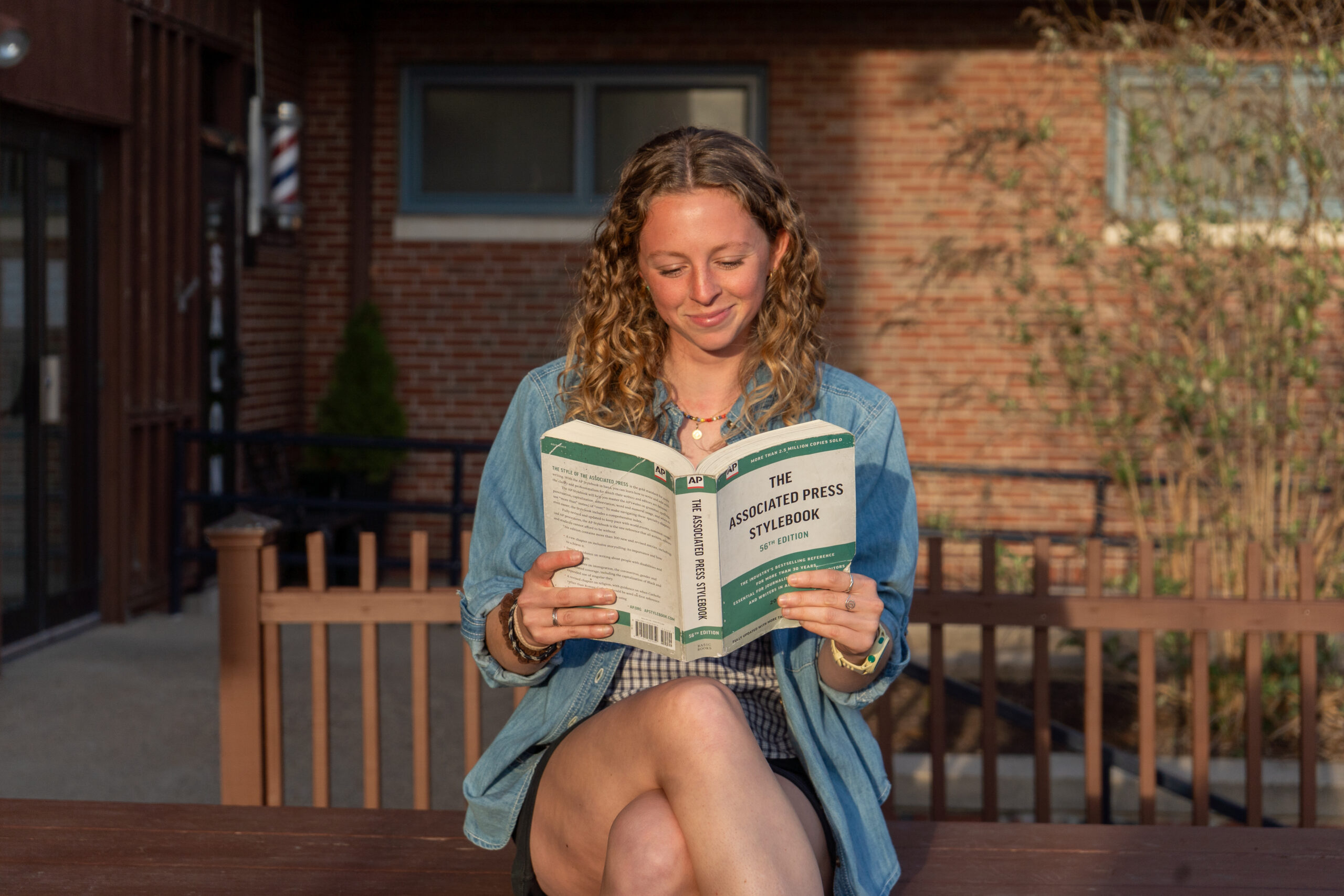Submitted by Sam Foer
URI brags that 63% of survey respondents support a campus-wide “tobacco-ban,” however, that survey and statistic is very misleading. The survey was created by the URI Tobacco-Free Committee, which manipulated the survey’s manner of response in favor of the Committee’s cause. The Committee conflates tobacco products with nicotine and non-nicotine products and apparatuses, and covertly employs this false equivalency in their survey study.
“We’re going to have people who are already opposed to the policy so we need as much buy-in as we can” (rhodeislandspotlight.org video). That was Ellen Reynolds, director of health services at URI, insinuating her approach to collecting favorable attitudes towards the ban. The Tobacco-Free Committee is committed to banning all nicotine and non-nicotine apparatuses and products, not just tobacco.
A closer look at the survey affirms the “buy-in” that Mrs. Reynolds has forged. The survey includes all apparatuses that could potentially (but not necessarily) enable nicotine consumption under the umbrella term “tobacco-product” forcing respondents to answer questions that draw no distinction between cigarettes and vapes. Cigarettes are inextricably linked to cancer, while vapes are scientifically shown to be 95% less harmful than cigarettes (UK study 2015). The first survey question dilutes this science. It asks “how often are you exposed to secondhand smoke on campus?” and should confuse any respondent. Does this question mean second-hand tobacco smoke specifically, or are respondents replying to URI’s expansive definition of “tobacco-products,” including vapes? Colloquially, we refer to second-hand smoke coming from tobacco products like cigars, but URI uses non-nicotine vapes in their statistical calculation. The manner in which respondents answer ambiguous questions concerns the study’s validity.
The survey then asks do you “support a tobacco-free campus[?]” The term “tobacco-free campus” is wildly misleading because even the most rigorous scientific studies distinguish vaping, nicotine, and tobacco in their methodology, and it’s common sense and proper English to use these semantic differences. Respondents who may favor a ban on actual tobacco may be against a ban on non-tobacco nicotine products, or non-nicotine vapes because they find it causes no second-hand disturbance, or because they may use it as a tobacco substitute. But URI’s survey conveniently overlooks this possibility. Respondents are unable to answer important questions in a manner that distinguishes non-nicotine vaping from cigarettes. This manipulation and ambiguity likely has the effect of generating the illusion of statistical support for the ban.
It is unacceptable for educators and administrators to intentionally mislead analysis and statistics and dilute science. The more “buy-in” the less likely the project will arouse opposition, and the easier it will be to institute a ban that likely goes beyond what respondents actually favor. But with URI intentionally equivocating on what constitutes a tobacco product, and sharing misleading statistics to push the full-blown apparatus ban, students are likely being manipulated to promote something they would otherwise be against if the University were honest. This “strong support” for a tobacco ban may actually be strong support against it when students find out what their response truly means.
http://ripr.org/post/uri-students-staff-support-tobacco-free-campus#stream/0
https://today.uri.edu/news/university-of-rhode-island-to-pursue-a-100-percent-tobacco-free-campus/
https://today.uri.edu/news/63-percent-of-survey-respondents-want-uri-to-be-tobacco-free/



